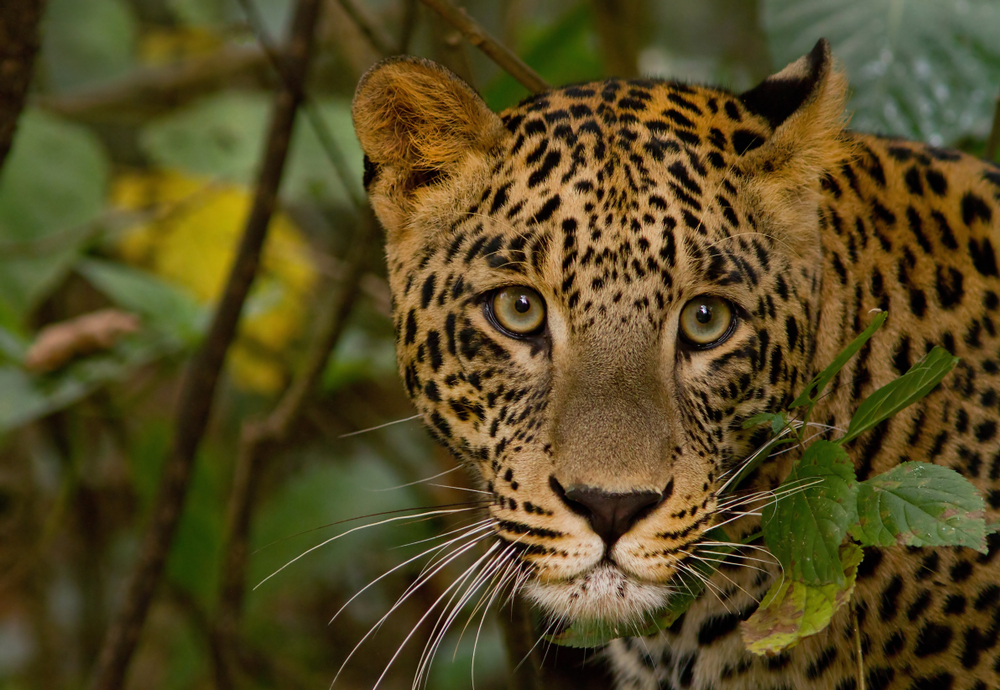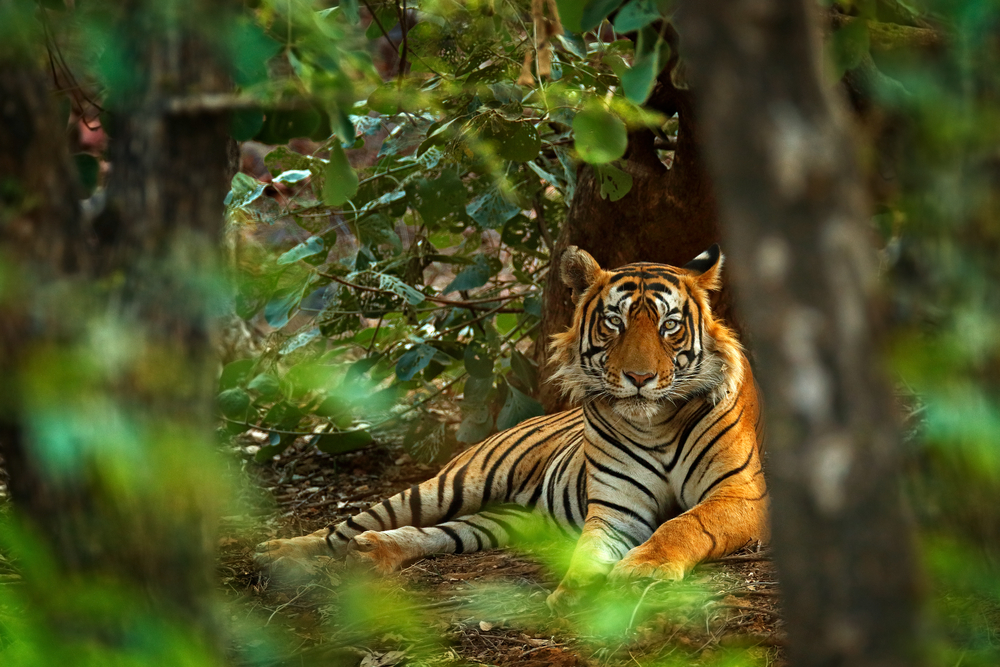Van Vihar Overview
Van Vihar National Park, located in Bhopal, Madhya Pradesh, India, is an urban oasis blending natural wilderness with conservation. Locally known as “वन विहार राष्ट्रीय उद्यान” (Van Vihar Rashtriya Udyan) in Hindi, the park spans approximately 4.45 square miles (11.54 square kilometers) along the periphery of the Upper Lake, a key waterbody in the region.
Despite its relatively small size, Van Vihar plays a vital role in protecting wildlife and offering visitors a tranquil retreat amidst a bustling city. The park’s terrain is a mix of flatlands, rugged hills, and rocky outcrops, dotted with pockets of dry deciduous forests and grasslands.
These varied landscapes support a unique blend of flora and fauna, providing a natural habitat for both resident and migratory species. The vegetation includes teak, tendu, dhak, and bamboo trees, along with stretches of grass that are vital to the herbivore population. The serene Upper Lake not only enhances the park’s scenic beauty but also serves as a critical water source for its inhabitants.
Van Vihar National Park is home to a diverse range of wildlife, offering a sanctuary to many species rescued from poaching or other threats. Key mammals include Bengal tigers, Asiatic lions, sloth bears, leopards, and striped hyenas. The park also shelters herbivores like spotted deer, blackbuck, sambar, and nilgai, which roam freely in the open enclosures.
Bird enthusiasts can delight in observing over 200 avian species, including migratory birds like bar-headed geese, painted storks, and spoonbills, which flock to the lake during winter. Peafowl and parakeets are among the commonly spotted resident birds, adding vibrant colors to the park’s landscape.
One of Van Vihar’s most notable features is its approach to wildlife conservation. The park operates as a modern zoological park under the Central Zoo Authority, focusing on rehabilitation and care of rescued animals while allowing them to live in conditions that closely mimic their natural habitats.
Visitors can experience this unique blend of wildlife conservation and tourism through walking trails, cycling paths, and safari rides that offer safe and immersive ways to observe the animals. The park’s proximity to Bhopal city makes it highly accessible, attracting nature lovers, photographers, and families seeking a day out in nature.
Van Vihar National Park faces several conservation challenges, including habitat degradation, pollution from urban development, and the pressure of balancing conservation with tourism. However, the park has also seen notable successes, such as its effective rehabilitation programs and public awareness campaigns.
Efforts to preserve the Upper Lake, a Ramsar Wetland of International Importance, have bolstered water availability for the park’s wildlife and bird populations. The park’s management continues to innovate in promoting eco-tourism and sustainable practices, ensuring a harmonious coexistence between humans and wildlife.

















































































